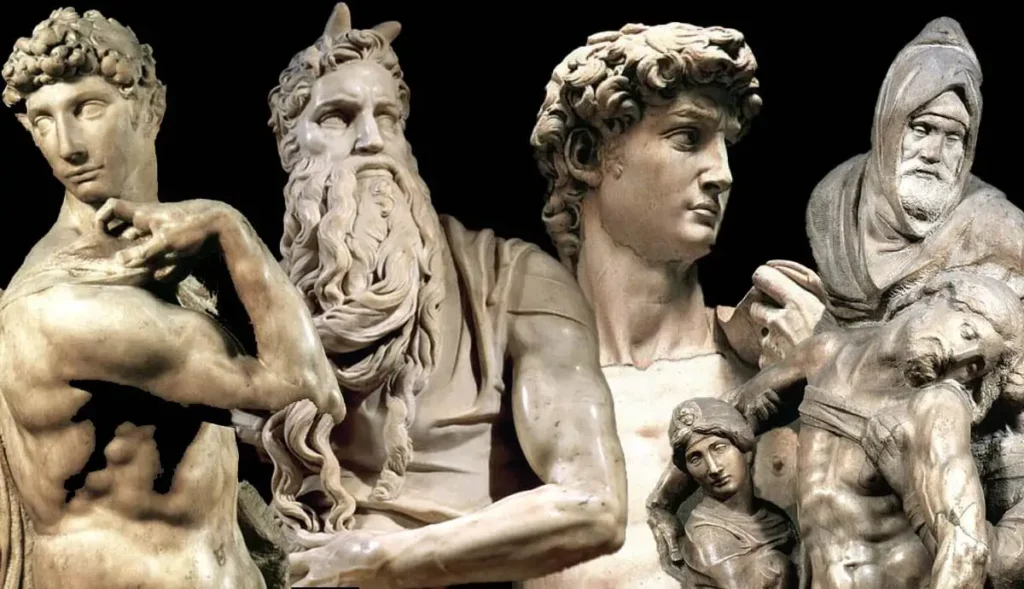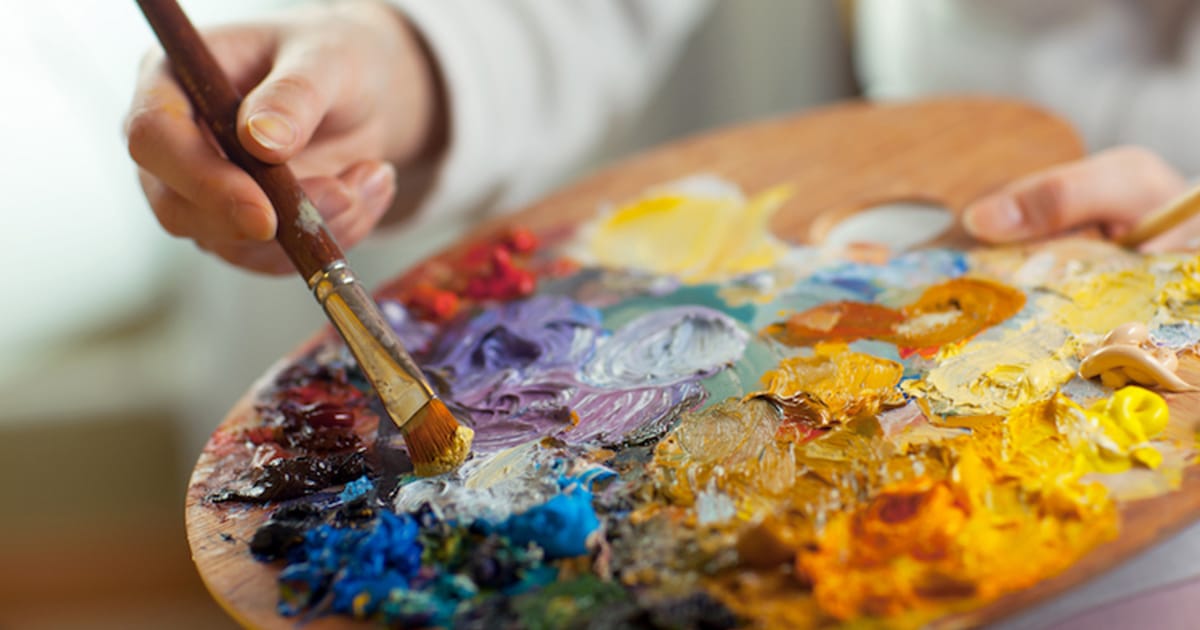Sculpture, the art of creating three-dimensional forms, has always held a special place in the hearts of humanity. From the ancient civilizations that carved statues to honor their gods, to the contemporary artists pushing the boundaries of traditional techniques, sculpture continues to captivate and evoke emotions like no other art form.

Introduction
Sculpture transcends mere representation; it embodies the essence of human emotion and experience. Whether carved from marble, cast in bronze, or molded from clay, each sculpture tells a story, capturing a moment frozen in time.
History of Sculpture
The history of sculpture is a rich tapestry woven with threads of creativity and innovation. From the towering monuments of ancient civilizations to the delicate masterpieces of the Renaissance, each era has left its mark on the world of sculpture.
Ancient sculptors celebrated the human form, creating statues of gods and heroes that still inspire awe today. During the Renaissance, artists like Michelangelo breathed life into stone, transforming blocks of marble into timeless works of art. In modern times, sculptors have embraced new materials and techniques, pushing the boundaries of what is possible.
Types of Sculpture
Sculpture comes in many forms, each with its own unique style and purpose. Classical sculpture celebrates symmetry and beauty, while abstract sculpture invites viewers to interpret form and emotion in their own way. Contemporary sculpture defies categorization, challenging viewers to reconsider their preconceptions about art and beauty.
Materials and Techniques
The materials and techniques used in sculpture are as diverse as the artists themselves. From ancient marble to modern metals, sculptors have experimented with a wide range of materials to bring their visions to life. Traditional techniques, such as carving and casting, coexist with modern innovations like 3D printing, expanding the possibilities of what can be achieved.
The Impact of Sculpture
Sculpture has the power to transform spaces and evoke emotions in ways that words cannot. Whether displayed in public squares or private galleries, sculptures shape our environments and enrich our lives. Beyond mere aesthetics, sculpture can also serve as a form of therapy, offering solace and healing to those who engage with it.
Famous Sculptors and Their Works
Throughout history, certain sculptors have risen above the rest, leaving an indelible mark on the world of art. Michelangelo’s David stands as a testament to the beauty of the human form, while Auguste Rodin’s The Thinker captures the complexity of human thought and emotion. In more recent times, artists like Louise Bourgeois have pushed the boundaries of traditional sculpture, exploring the depths of the human psyche.
The Future of Sculpture
As we look to the future, the world of sculpture is poised for innovation and evolution. Sustainability and digital technology are shaping the way we create and experience art, opening up new possibilities for artists and audiences alike. While the future of sculpture may be uncertain, one thing is clear: its ability to move and inspire us will endure.
Conclusion
In conclusion, sculpture is more than just a form of artistic expression; it is a reflection of the human experience. From ancient statues to contemporary installations, sculpture has the power to evoke emotions, tell stories, and challenge our perceptions of the world around us. As we continue to explore the depths of human creativity, sculpture will remain a timeless and vital part of our cultural heritage.
FAQs
- What makes sculpture different from other forms of art? Sculpture differs from other art forms in its three-dimensional nature, allowing viewers to experience it from multiple angles and perspectives.
- Can anyone become a sculptor, or does it require special talent? While anyone can learn the techniques of sculpture, it often requires a combination of talent, dedication, and creativity to excel in the art form.
- How do you choose the right material for a sculpture? The choice of material often depends on the artist’s vision, the desired aesthetic, and the practical considerations of durability and feasibility.
- Is there a market for contemporary sculpture? Yes, there is a thriving market for contemporary sculpture, with collectors and galleries around the world seeking out innovative and provocative works.
- How can I start appreciating sculpture as an art form? To appreciate sculpture, take the time to study and engage with a variety of works, paying attention to the artist’s intentions, techniques, and the emotions evoked by the piece
